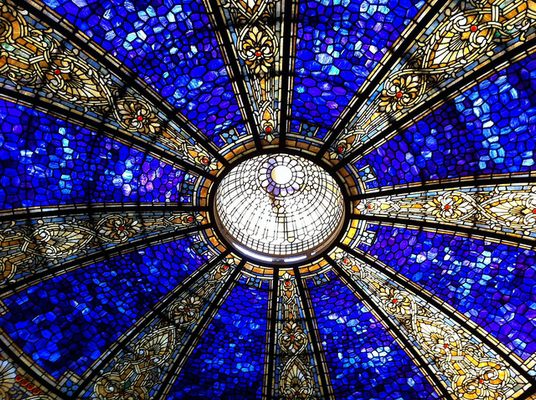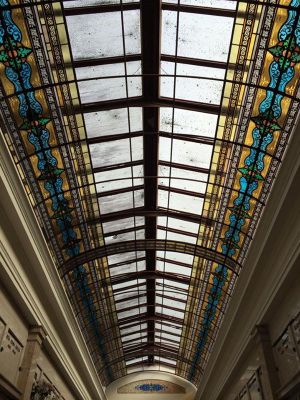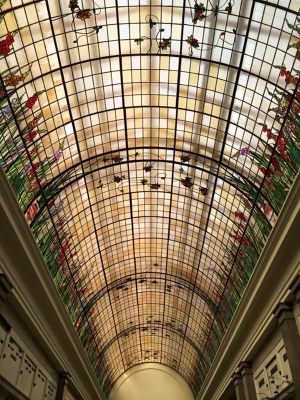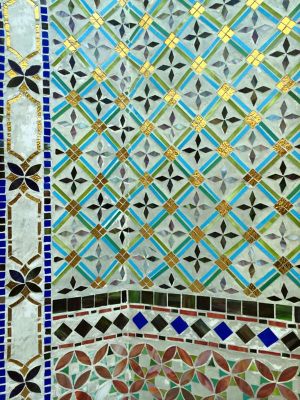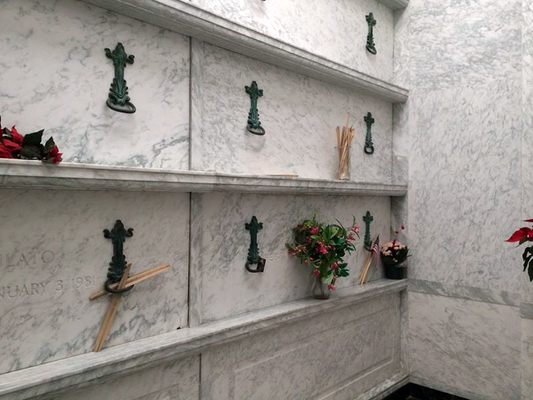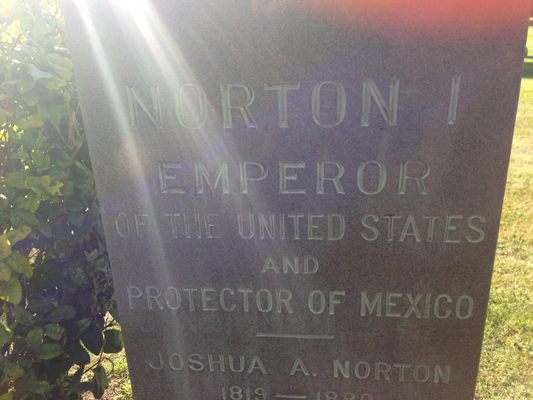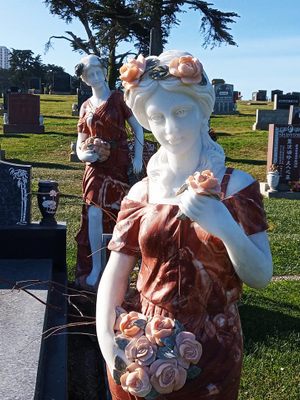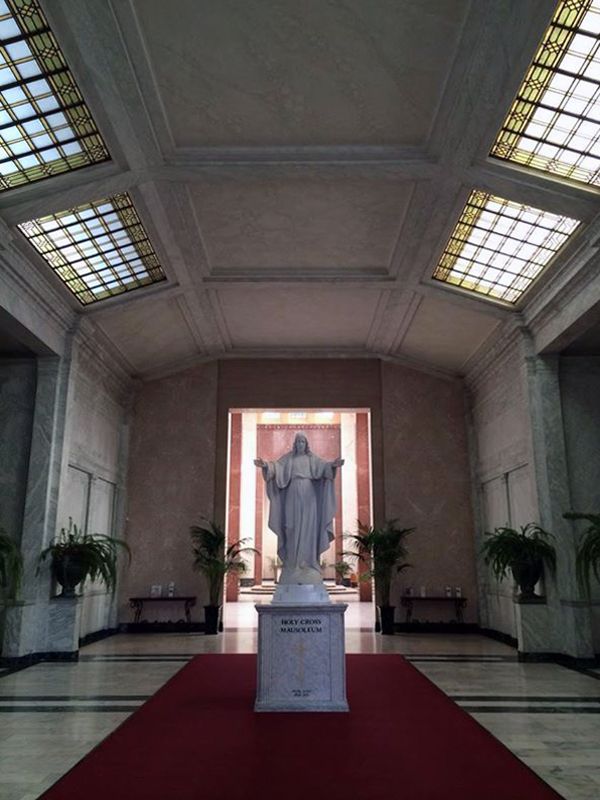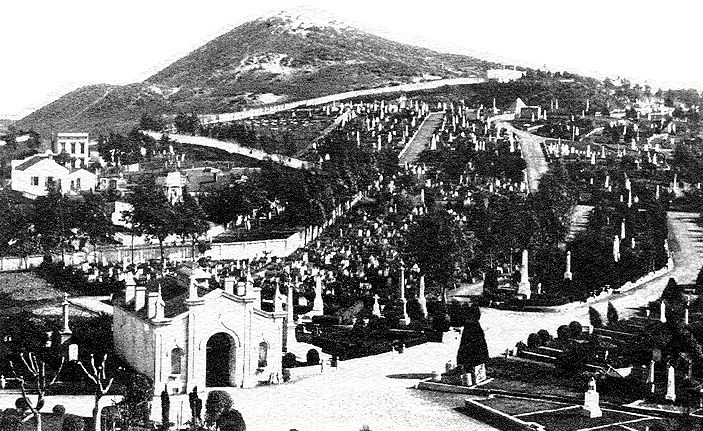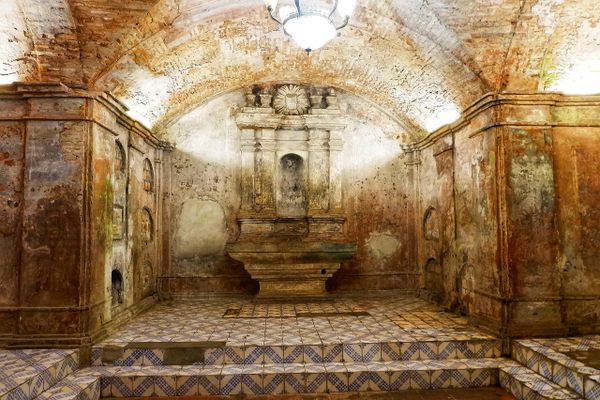About
At the turn of the last century, the boom town, gold-, silver- and railroad-rich city of San Francisco had a problem: the dead.
There were just too many of them. In the early years, huge swaths of land in remote, undesirable corners of the city were set aside to accommodate burials, but by the time the city was hit first with the bubonic plague in 1900 then with the destruction, fires, and death of the 1906 earthquake these remote plots were both uncomfortably close to the growing city's residential areas, and, more importantly: full.
Land developers were desperate to get their hands on all of this valuable land within the small footprint of the city proper. Residents, meanwhile, began to fear that these huge cemeteries might be harboring contagious disease, and agitated for them to be relocated.
After nearly two decades of political maneuvering and arguments, nearly all of the city's dead were relocated to Colma in one of the largest relocations of the dead in history.
Today, the city is home to 17 separate cemeteries hosting many recognizable names from the city's earliest years including Wyatt Earp, Levi Strauss, William Randolph Hearst, Charles Crocker, and Emperor Norton. In a mass grave known as the Laurel Hill Mound, about 38,000 people are interred without markers, including the famed railroad-accident survivor Phineas Gage.
There are an estimated 1.5 million burials in Colma, with burials continuing to this day. The living, meanwhile, only number about 2,000.
In San Francisco now there are only three cemeteries remaining: Mission Dolores, the Presidio (where there is also a diminutive pet cemetery), and the lovely Richmond District Columbarium.
The tombstones of the unclaimed dead, meanwhile, went to line park paths, create city breakwaters, and the Marina District's Wave Organ.
Related Tags
Community Contributors
Added By
Published
July 29, 2013

